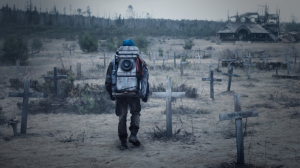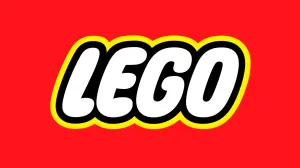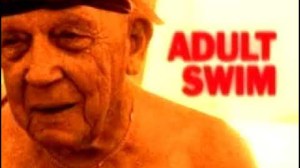You think you know the Suicide Squad and why wouldn’t you? Not only is the team a DC Comics staple, but the recent film The Suicide Squad and the hit HBO Max series Peacemaker have not only further brought the team into the mainstream but have also driven home a pretty central truth: while death is a big part of the Suicide Squad, it’s pretty rare that any of the big “heroes” ever face that fate. Harley Quinn, King Shark, Captain Boomerang, generally they all come out of things a little roughed up, but alive. But what if you took the normal Suicide Squad team that you love, put them in a leadership role where their lives weren’t exactly on the line, and then brought in a new group of players with a lethal twist: the new players get immense powers, but at the cost of guaranteed death in a very short period of time all in the name of dealing with a threat unlike anything Task Force X has faced before?
Videos by ComicBook.com
That’s the general premise of Suicide Squad: Blaze, a new DC Black Label miniseries from writer Simon Spurrier and artist Aaron Campbell. The new series takes the Suicide Squad on a journey a bit unlike anything you’ve read before while also injecting a chilling bit of realistic horror, some odd humor, and really gets into the idea of what happens when someone signs up for something this dire for all the wrong reasons. ComicBook.com recently sat down with Spurrier and Campbell to talk about Suicide Squad: Blaze, where the inspiration for this unique story comes from, how the book elevates the horror genre, and the interesting connection between the book’s main character and a surprising DC Comics character.
The origin of Suicide Squad: Blaze
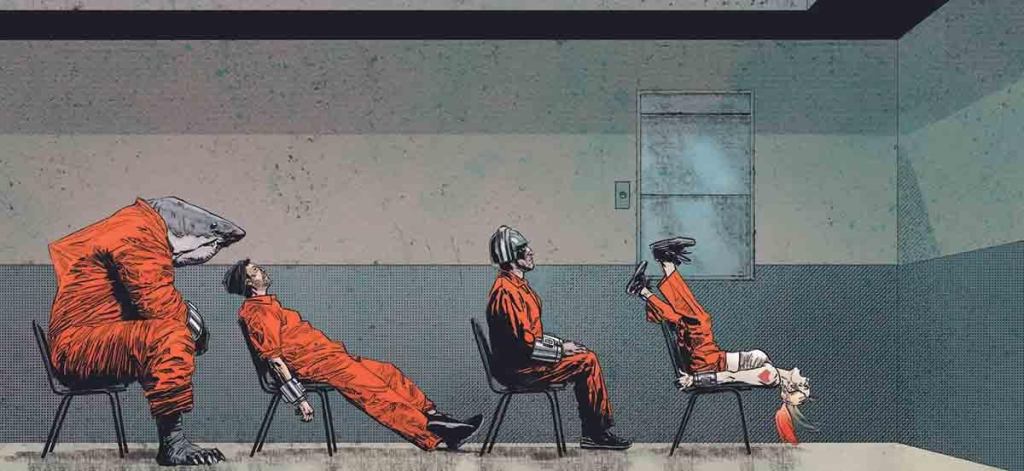
ComicBook.com: I have read a ton of Suicide Squad comics. They all have some pretty grim aspects, but most of them go in this bonkers direction. Suicide Squad: Blaze, however, is a little darker and richer. It has humor, but I felt like, in a way, it was almost a more intellectual experience compared to some of the other Suicide Squad stories. How did the idea for this one come about?
Simon Spurrier: Well, Aaron and I had been collaborating together on Hellblazer, which went down extremely well. It was a run on that book that we could not have been prouder of. And it sat up there at the top of all the review aggregates for 12 months in a row, so we were clearly doing something right. When it went away to our great sadness and pity, our amazing editor, Chris Conroy said, ‘Okay, we’ll you’re clearly great at this sort of stuff. Is there something else that you could plug this level of thoughtful horror into that would elevate something that people are perhaps not used to seeing in this particular way?’ And we broke around for a bit looking for something like that and hit upon the idea of doing Suicide Squad.
It struck us that there are so many things that you could do with that core concept, and all the things that orbit around it that speak so rightly to horror, and also to the horror that I love, which is not the horror of big booms and viscera dripping off the walls and stuff like that, but the horror that really makes you think, gets under your skin. The horror, in fact, which is the purest form of horror which is the horror where the reader is being manipulated to horrify themselves, which I think is the best you can do in that genre. It struck us that Suicide Squad is just dripping with opportunities for playing with that somewhere in the midst of all this contemplation of mortality, the notion of real politics, you know, people who are doomed being thrown at the enemies of one’s nation. There’s just a lot of big, meaty, and quite clever stuff that can and should be done with that core concept. We wanted to be the ones to do it.
Origin, continued
And it also speaks to my own gross cynical British toxic notions about superheroes. I love the idea of superheroes when it’s done right. It can be aspirational and uplifting. But when you sit and think about how it would feel to be an ordinary person in a world where superheroes also existed, I think a lot of people, if not most people, if not all people, would be f-cking terrified all the time, because this is a totally unregulated cadre of people who’ve just collected themselves to be the moral guardians of our world, flying around with no oversight, punching stuff, breaking holes in the planet. Inevitably sooner or later you are going to get one of them who stands up and in a way that we’re not used to seeing. We are used to villains having recognizable societal motives, like robbing banks or invading other countries or taking over the world or stealing all the gold or whatever. Stuff that is kind of tawdry and grim, but understandable on a human level. What we’ve never seen is somebody who just is a product of their instincts, somebody who is just hungry and angry and horny and can’t be stopped. That’s really frightening.
Enter Mike Van Zandt.
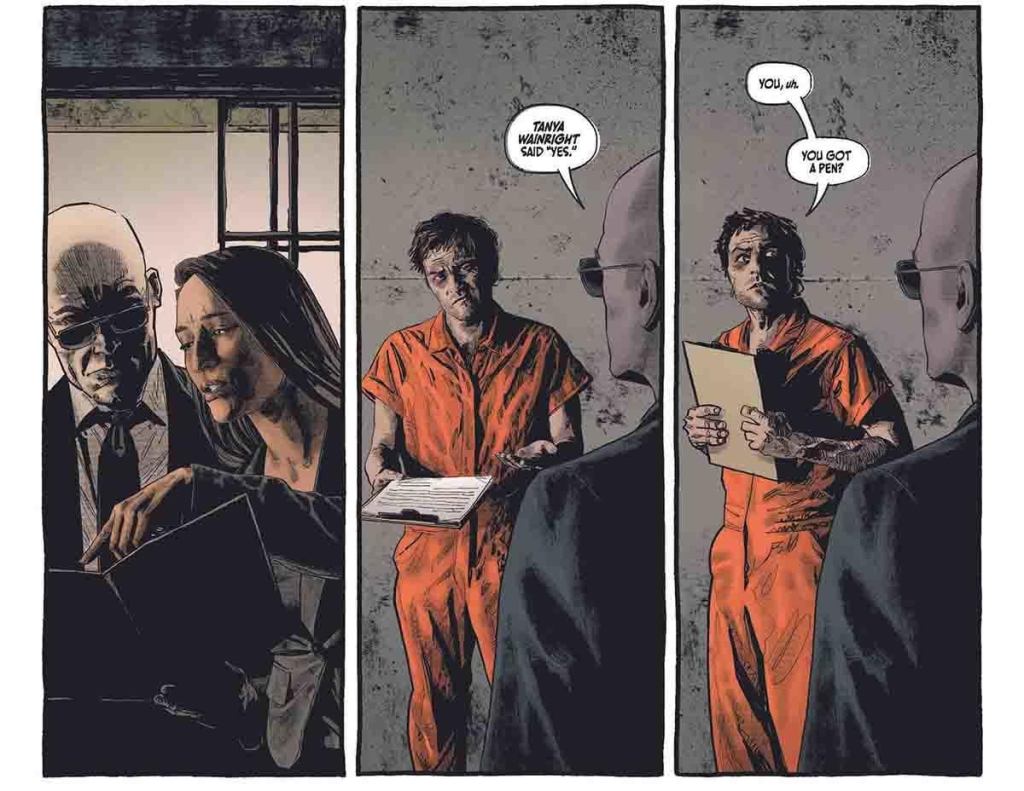
ComicBook.com: When most people see the Suicide Squad name pop up their brains immediately go to characters like Harley, Boomerang, King Shark. But this story really centers around our POV character, Michael Van Zandt. He struck me as being a weird misfit to the story and not someone who I would naturally expect to be part of the madness. How did the idea for him specifically come about and why did you want to stick a character like Mike into what is very much a dark world?
Spurrier: Well, I guess the starting point for that train of thought is that despite being called Suicide Squad, the vast majority of Suicide Squad stories don’t actually feature very much suicide. They don’t often feature characters dying, either, which seemed like something we really should be talking about. It’s the Dirty Dozen. It’s a doomed group of people being sent out to die because there’s a reason for doing so. So, it made sense to use to utilize all of those A-list characters in a way that they’ve never really been used before, which is as mentors to introduce a new intake of rookies who we very quickly had to establish, get to know, make them seem quite interesting, to make them relatable in a way that probably the Harley Quinn and King Sharks of the world aren’t, for good reason.
And then to pull this bait and switch, which essentially these are characters who have been told that if they want it, they can have ultimate power, but the cost is that they know they’re going to die in some months. So, what sort of people would accept that deal? That’s the big question. The majority of them, their answer as to why is if not ordinary it is at least understandable, applicable. The decisions they’re making that lead them to this doomed path are the sorts of things you might expect. But the main character, Mike Van Zandt, his reason for doing this, it’s kind of pathetic. He shouldn’t be doing this. His reason for doing it is codependent. It speaks to shattering insecurity, shattering lack of self-confidence, and it’s just the worst possible reason. In his mind it’s romantic, but it’s actually pathetic. And that’s a compelling character for us, because when you’ve got somebody who starts at rock bottom, there’s going to be only one way to go.
Aaron Campbell: And I’d add I think what makes Mike an intriguing character is not necessarily that, but that combined with the transformation that his character itself will actually make throughout the series and being able to connect to that starting point and see that transformation is going to be important.
Dr. Quinzel
ComicBook.com: At different points I just wanted to sit him down and give him a couple of good solid therapy sessions and tell him this is a bad idea, but then there’d be no story.
Spurrier: What’s quite cool, I think, in issue two, Harley Quinn does exactly that. People forget she’s a trained psychologist. She gets the chance to show just how insightful and brilliant she is. And she just skewers him like a rotisserie chicken. It is wonderful.
Artistic process
ComicBook.com: Reading the issue and the way it’s put together narratively, I felt at times like I was reading something that was a cross between a horror story, something noir, and a detective novel. And Aaron, this is specifically for you, I felt like the art really matched that tone. What was your process, inspiration for the book in terms of the look?
Campbell: Obviously I’m building off of what I’ve been doing since I started doing at least horror books with Infidel and then Hellblazer. I just naturally gravitate to grounded realities. In everything I do, I’m always looking for that aspect that is absolutely relatable to an audience, and then trying to figure out also how I can subvert those relatable elements and those expectations that come along with any kind of story. And so, with Suicide Squad, I just wanted to keep building basically on what I was doing in Hellblazer. What was so compelling about Hellblazer is its gritty reality. It’s fantastical yet completely real and mundane at the same time. John Constantine, magic is always the last resort for him and even when it does happen, it’s not flashy, it’s so subtle. And that subtlety is just a perfect juxtaposition with bombastic characters like King Shark and Harley Quinn and Boomerang and Peacemaker, especially Peacemaker. And I think the TV show has been doing such a good job with that as well in terms of making this character grounded and relatable and feeling real. that sense of reality accentuates the absurdity and opens up all kinds of narrative possibility.
Body horror, refined
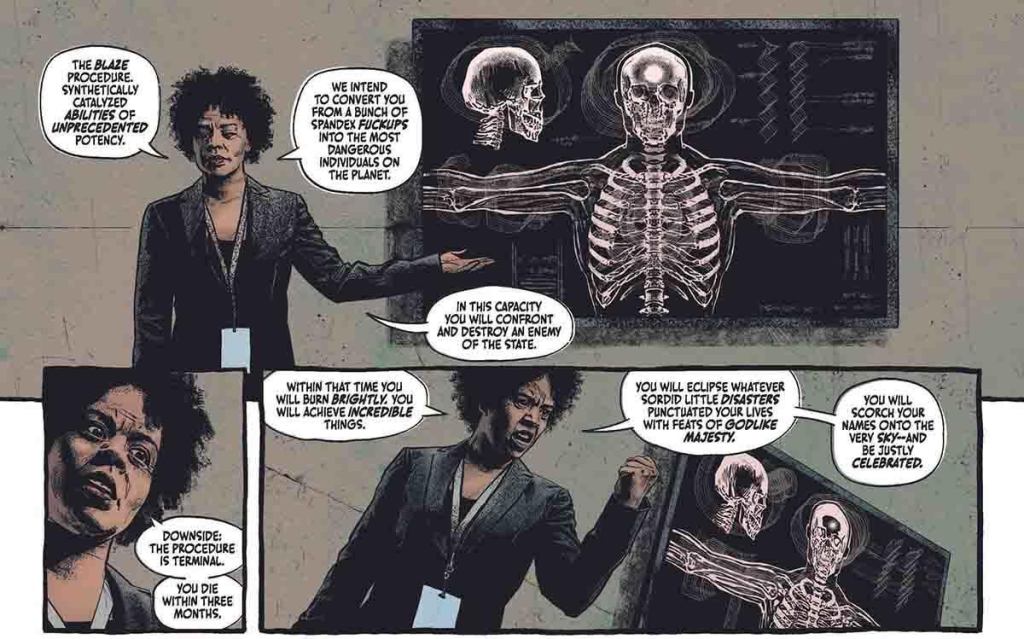
ComicBook.com: Speaking a little bit about absurdity, the book has a good bit of body horror going on, but I would consider it to be a refined body horror. How did you guys balance the very unsettle nature of the Blaze procedure and the people getting their powers with this more realistic sense?
Spurrier: I think it’s just emotional reality, isn’t it? We can all appreciate how profound it would feel to know that you are going to die soon. So, it doesn’t matter if that’s because somebody’s told you you’ve got a tumor or because you’ve just been hooked up to a giant green energy that doesn’t make sense. But the point is that’s a recognizable horror for all of us. The idea that I am now on a ticking clock, what am I going to do with it? How do I make this time count? Do I feel like this was the right decision? And so on and so forth. I mean, this is something I’ve waffled about many a time. In comics, we don’t have the privilege of being lazy and using jump scares. You can’t turn the page and have somebody go, ‘Boo!’ because it just won’t work. So, it follows that the best horror, but certainly the horror that we do quite well I think, is about getting under the reader’s skin, making the reader be the vehicle for horror, making them horrify themselves. Because the imagination is so much more adept at being scary than anything any artist, even one of Aaron’s caliber, can draw on the page.
Body horror continued
Which is why we made the decision that the big bad is just some guy. There’s nothing scarier than just some guy because the imagination will clothe him in all the behavioral horror in the world in a way that if he’s got fangs and tentacles, that just won’t do the same at all. So, when it comes to the Blaze procedure, the fantastical elements, the superpowers that they gain, they’re. just not the point. And we almost skip over them. We could have gone into the specific superpowers that they gain, how they work and what they do, which is more powerful and blah blah blah, that just doesn’t matter. It’s just not relevant. What’s relevant is they have made a choice to be special in return for which they’re going to do. What happens next? And that’s a spooky story.
Arm-Fall-Off-Boy, distilled
ComicBook.com: I know that you didn’t really focus on the powers, but Mike ends up with a really weird one right out of the gate, which Aaron, visually speaking, took me a hot minute. I saw what you did with the art, and I was like, ‘Does he really have no arms? What’s going on here?’ First of all, why are his arms invisible and also, what were the challenges of making that look as cool and also as pathetic as it does on the page?
Spurrier: We talked about him doing this for all the wrong reasons. The cruel truth is I wanted to punish him. If somebody has made this stupid, stupid decision for all the worst reasons, then he does not deserve to have some incredible superpower. He deserves to wake up and his arms are invisible and that’s it. And it made me laugh. It still makes me laugh. But it becomes a thing later on, it plays its role. It has its place in the ongoing saga and the plot. But yeah, it’s mostly because we wanted to punish him for mediocre.
ComicBook.com: That’s amazing.
Campbell: And for my part, taking that… I mean, okay. I’ve never said this to Simon. Never even told him this. I have a, I don’t know, morbid fascination with the character Arm-Fall-Off-Boy. I don’t know. He just makes me laugh. He showed up one issue of Justice League trying to get in, looking like a reject from a bad He-Man design. It had to have come out of the idea that those He-Man figures, you could pop their arms off. I don’t know, there’s just something about him. He’s so pathetic. I have this whole head cannon of what happened to him when he went home that day after getting rejected from the Justice League. Then he shows me Mike and I’m like, okay, so he has arms, but they’re invisible. He’s Arm-Fall-Off-Boy distilled to what the truth of that character would really be. If that’s all he could be. And it fits so well with the character of Mike, just this pathetic man child, like, oh my God. So, then when I was trying to figure out how am I going to represent this, I don’t know, it just happened. And the one thing I did just to make it clear that there are arms there, you just can’t see them It just has this glittery glow that is the representation or analogy of the Blaze entity, because all of the other characters when their powers are on display, they’re like erupting with light and energy swirling around them. And I just thought it was hilarious if Mike, if the representation of his are just these little pompoms, like a poodle. It’s these little bubbles of light where his arms should be. What can I do to make this even more pitiful?
***
Suicide Squad: Blaze #1 is available now.


